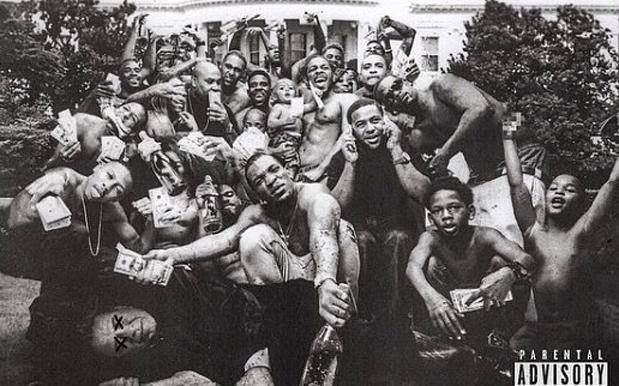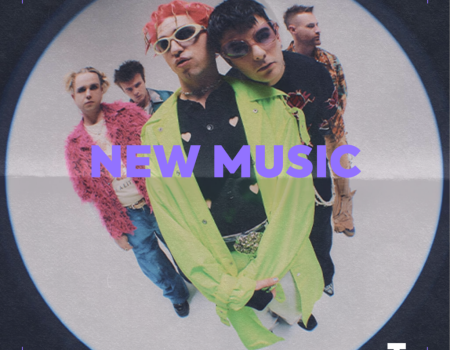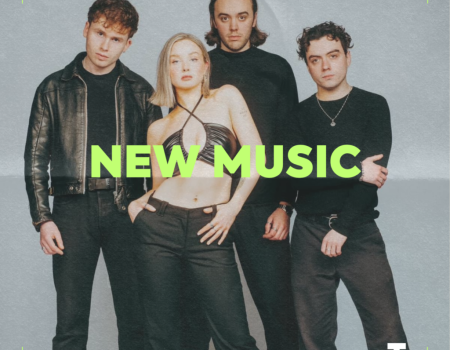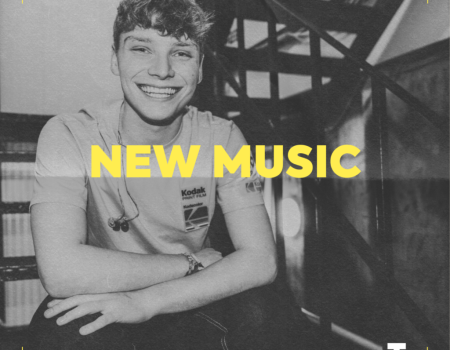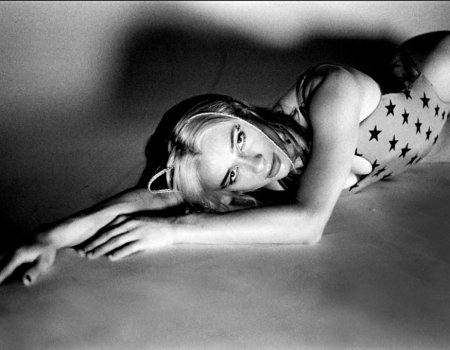PRIOR to its seemingly inadvertent release on Monday, no one outwith Kendrick Lamar’s inner circle really knew what to expect from his sophomore effort. Having released two tracks which essentially served as polar opposites in terms of both lyrical content and sound, ‘i’ and ‘The Blacker The Berry’ seemed to be almost at odds with one another and didn’t appear as though they could co-exist on an LP .
Mirroring the structure of his incendiary debut record, To Pimp A Butterfly is more than a mere collection of rap songs. It is an album which attempts to accurately depict society as it is viewed from Lamar’s perspective; exposing American culture’s warped nature and documenting the unjust and poverty stricken life which many struggle through to this day.
Beginning with the soulful ‘Wesley’s Theory’, Lamar manages to hark back to his days as a young MC looking to establish himself within the rap game. Driven by financial prosperity in a cruel and unforgiving capitalist society, he documents all of the entrapment’s that come along with fame and fortune with the kind of braggadocio that is usually exhibited by less socially conscious rappers.
Featuring a Flying Lotus produced beat that pays homage to the hypnotic synths of Stevie Wonder’s Innervisions period, its title and lyrical references to Wesley Snipes; a famous actor who was notoriously embroiled in tax evasion among other criminal activity, confirms the track’s subject matter as an examination of the possible corrupting power of fame and fortune to someone who emerged from humble beginnings.
Another standout, ‘King Kunta’ is an uplifting track in a similar mould as the celebratory ‘i’, with Kendrick addressing his new found status as king. Featuring production from 90’s icon DJ Quik, its acid jazz influenced musicality is similar to the the LA based beatmaker’s work with 2Pac on tracks such as ‘Heartz Of Men’ and various compositions from the legendary All Eyez On Me LP. Given the affinity that Lamar feels towards the late MC, this was likely to be a preempted move on his part.
Continuing to examine issues of his community on ‘Institutionalized’, Lamar laments over the ingrained perils of human nature such as violence and jealousy. From a musical standpoint, this track bears the closest resemblance to the sound of his masterful debut Good Kid M.A.A.D City; featuring pitch shifted vocals and an laid back intro before a clattering beat ensues.
Recalling the West Coast’s 90’s G Funk era with its groove laden beat, ‘These Walls’ deals with both lustful behaviour and the effect which imprisonment has upon your mental stability alongside one another as though it were the norm in hip hop; once again proving why Lamar is such an absolutely vital artist in today’s culture.
A complete contrast to ‘i’- ‘u’ deals with his own reported depression and insecurity in a cathartic manner, similar in structure to fellow Compton bred MC the Game on the contemplative ‘Start From Scratch.’ Over a dense and solemn beat that wouldn’t be out of place on a Shlohmo release, he takes himself to task for all manner of personal problems; detailing feelings of responsibility for his teenage sister’s pregnancy whilst he was on tour, stating; ‘Where’s your antennas, where’s the influence you speak of? you preached in front of 100,000 people but you couldn’t reach her.’
As the album draws towards a triumphant crescendo, Kendrick unleashes two of his most essential diatribes within a few tracks of one another.
Directly addressing what he perceives as self hatred and unresolved feelings of fear linked to historical injustices, ‘The Blacker The Berry’ use of driven percussion and siren-like synths correlate perfectly with the track’s incendiary lyrical material. Enlisting the talents of Jamaican dancehall artist Assassin for the track’s hook, it finds itself aligned with the bombastic style of Kanye’s Yeezus due to its intriguing intermingling of the two styles.
Referencing iconic figures and civil rights activists such as Nelson Mandela and Martin Luther King, ‘Mortal Man’ sees the revolution minded MC align himself with leaders and visionaries over a backdrop of murky synths, subdued horns and a golden era 808 drum beat. Rounding the album off by engaging in ‘conversation’ with the aforementioned Tupac Shakur; he reads excerpts of poems and considers the many trials and tribulations of life with his departed idol.
Kendrick Lamar has accomplished something truly special with To Pimp A Butterfly. Sonically, he’s taken massive leaps forward and managed to diversify into a number of genres which other MC’s may be tentative to explore. Whilst his debut saw Kendrick staying firmly within the realms of archetypal rap production, his sophomore release enabled him to celebrate the musical contributions of the black community with elements of jazz, soul, funk and reggae laced throughout.
Lyrically, Kendrick has pulled off the near impossible feat of capturing the essence of the world around him and committed it to tape until the end of time. Hopefully in a more peaceful and less inequitable time, this album will serve as a time capsule for those wishing to learn as to what life was once like for the deprived and discontented in America. Officially ascending to the ranks of the voice of a generation, this album stands alongside Good Kid M.A.A.D City as one of the 21st Century’s classic hip-hop albums.



